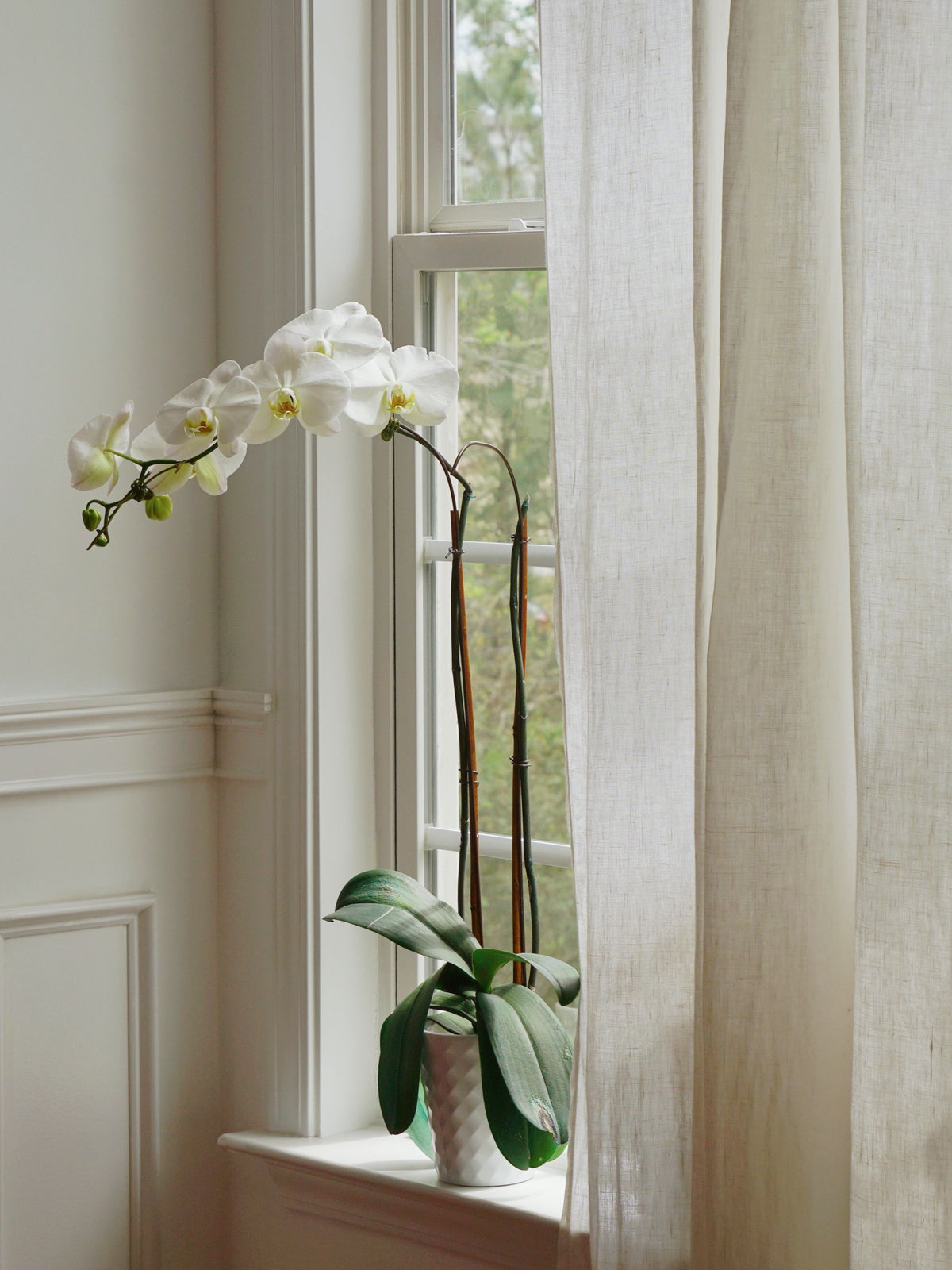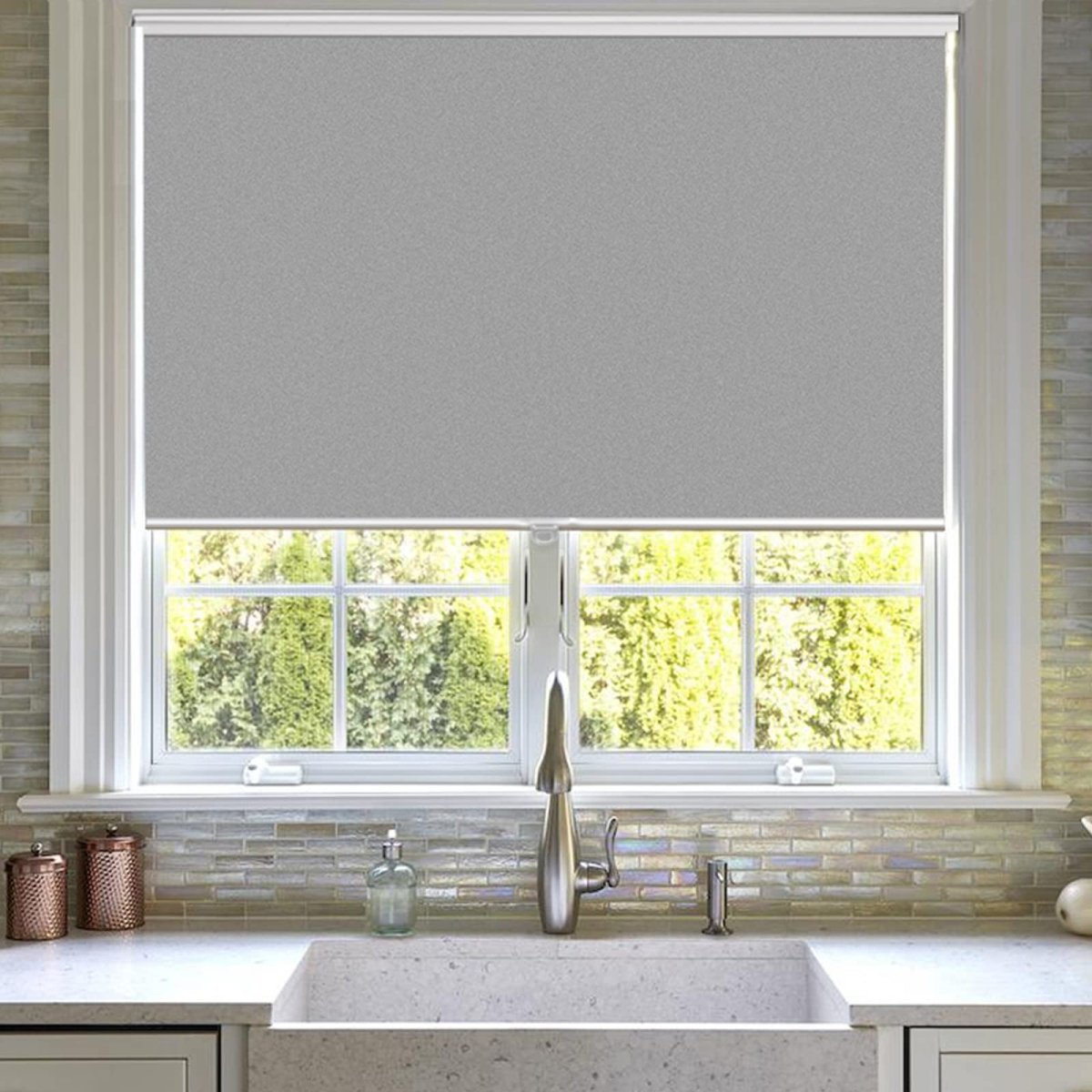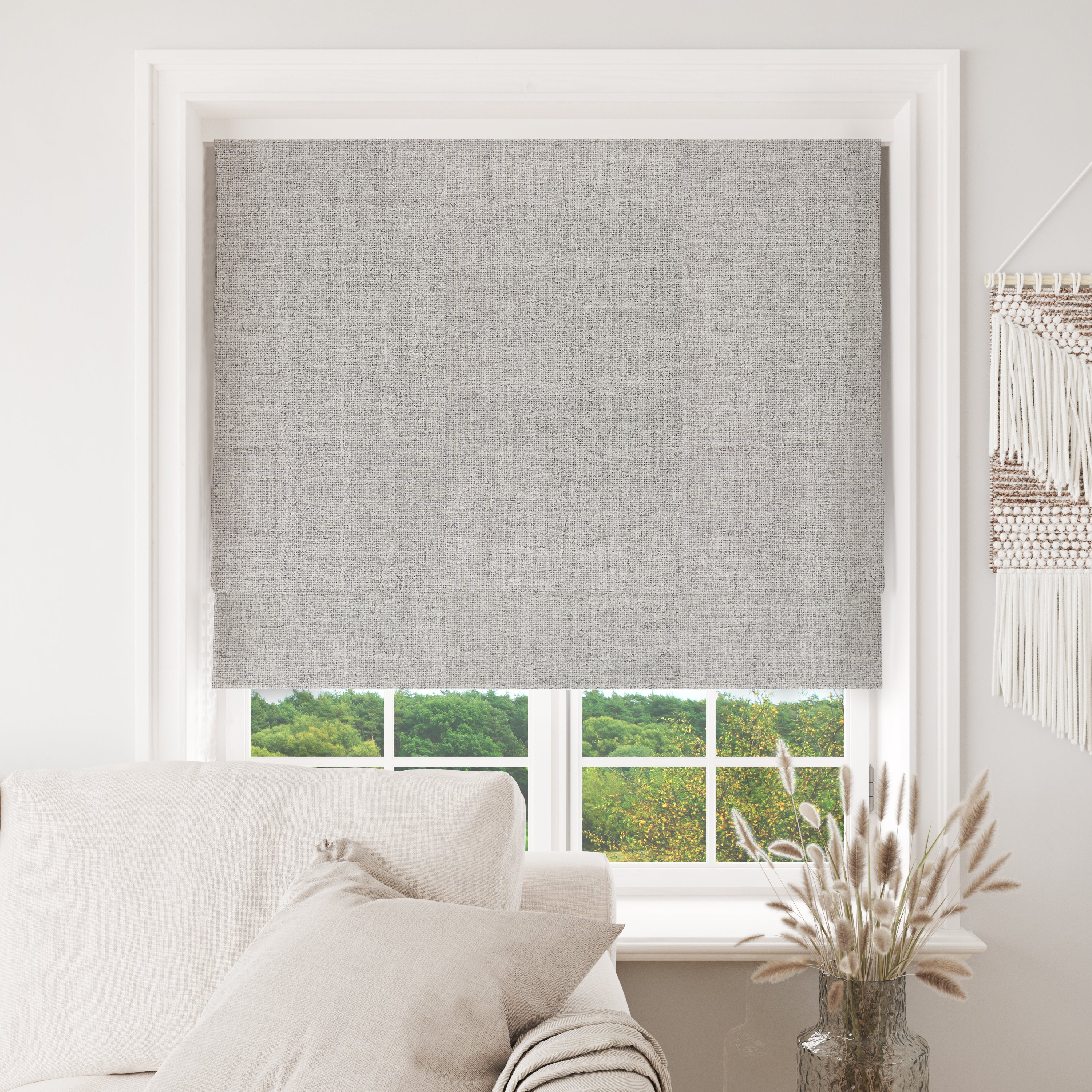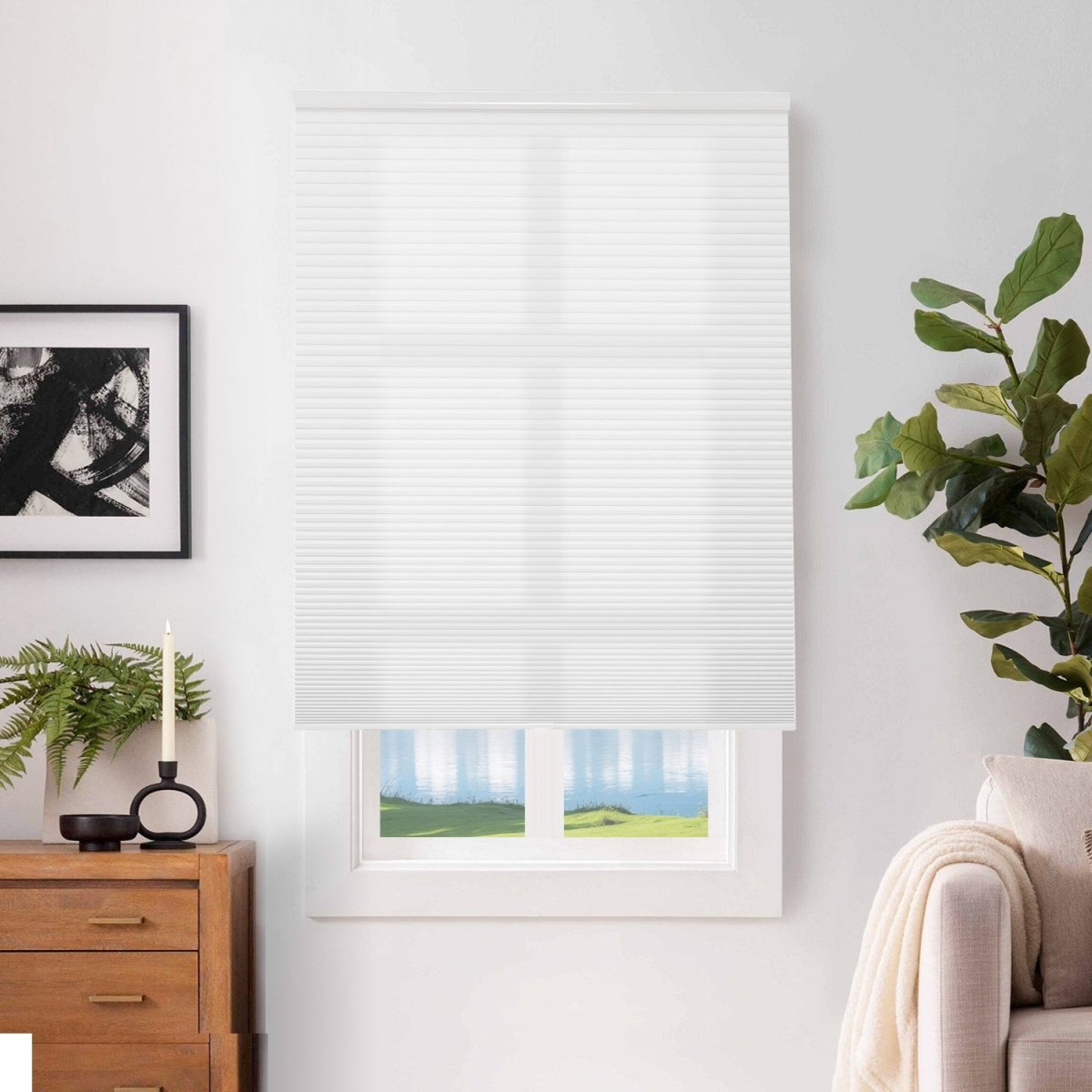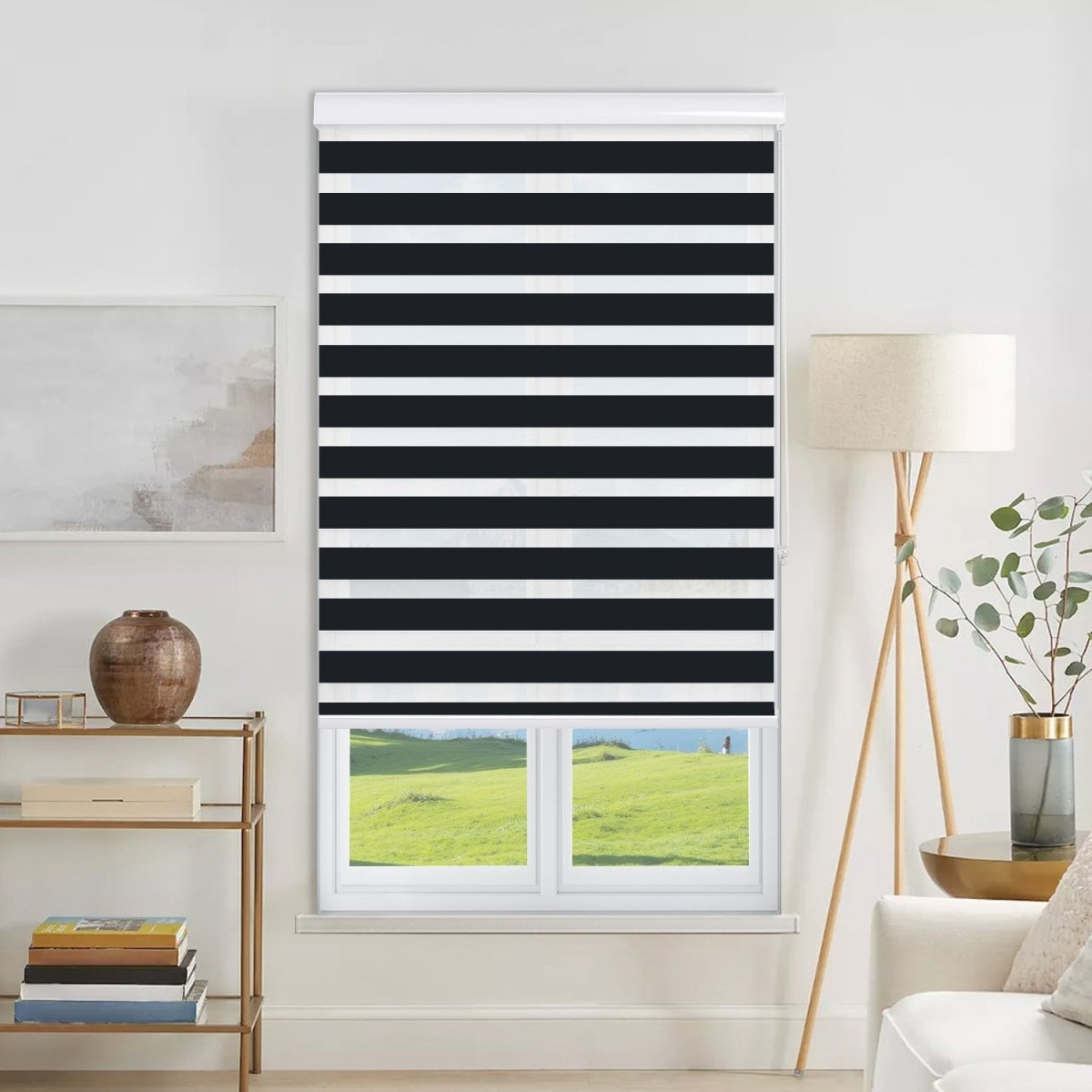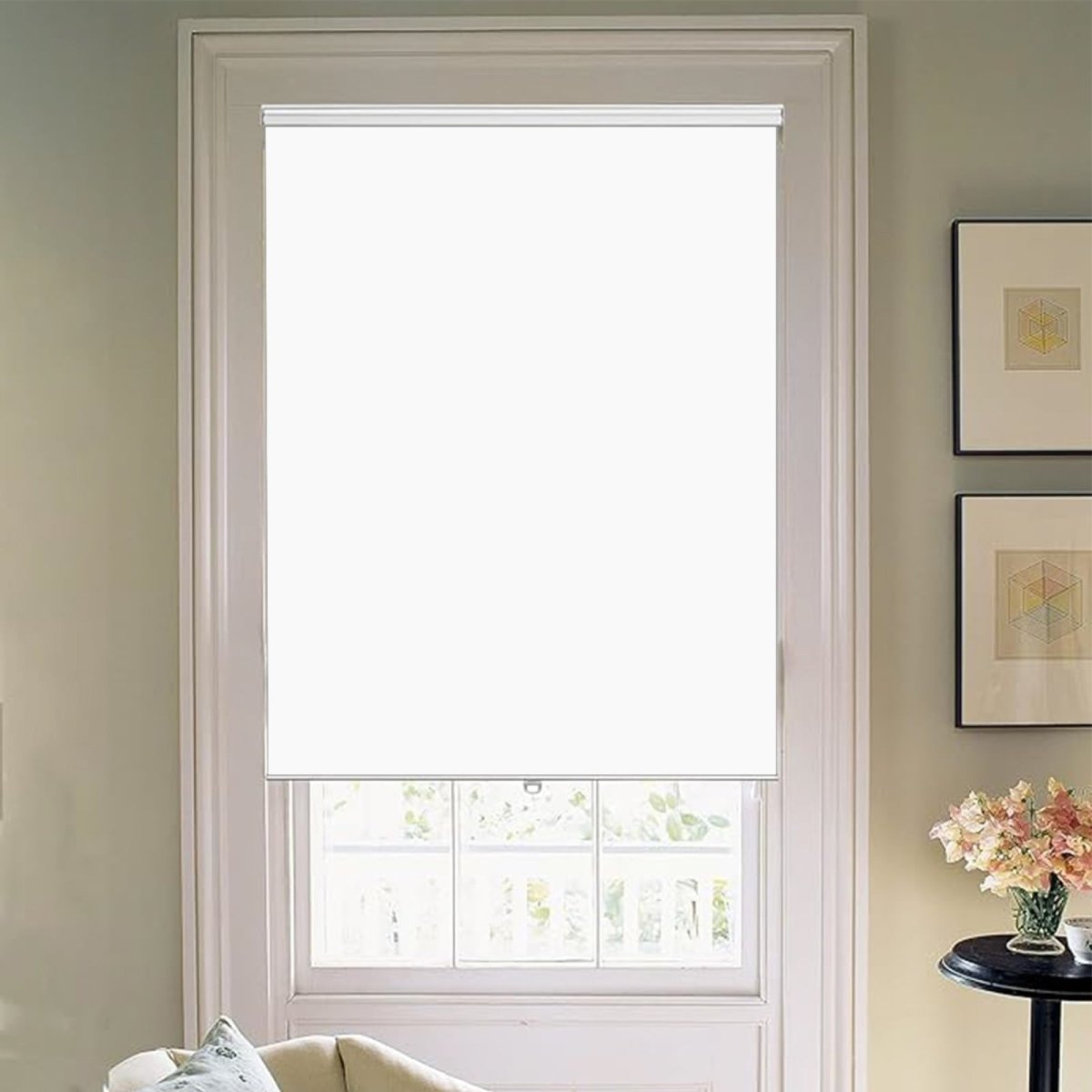Your windows are more important than you realize if pollen, dust, or dander make your eyes ache. The correct fabric, lining, and hardware may keep dust out and keep drafts from getting in. We will teach you how to measure for curtains correctly, look at allergy-friendly options, and give you expert advice that really makes a difference in this article.
If you've experienced "mystery sneezes" every spring, you are not alone. They are typically dust mites. Your improvements will last a lifetime if you set them up appropriately.

Why Windows Trigger Allergies
Pollen from outside gets in through air leaks. Dust sticks to deep creases and fuzzy fibers. Wide openings on the sidewalls produce convection drafts that move particles. That's why the right fabric, tight side coverage, and the right stack depth are all important.
Fabric Science 101 (Allergy Edition)
Fuzzy weaves don't let dust out as well as tight weaves do. Linings keep particles from getting through and block light that can carry heat and air. This is how the primary choices work:
- Blackout polyester with foam backing: low-pile, tight surface; great for bedrooms.
- Cellular (honeycomb) shades: enclosed air spaces keep drafts out and don't collect much dust.
- Roller shades (vinyl/fiberglass/poly blend): Roller blinds are made of a mix of vinyl, fiberglass, and polyester. They have a flat surface that is easy to clean.
- Sheer layers: Sheer layers look nice, but they can get dusty. Put a lined drape over them.
Product Picks from Our Site (Allergy-Smart)
Blackout Curtains: Thick, lined, and simple to clean. When the right size, it seals well.
Explore: Blackout Curtains Collection
Roller Shades: Shades have a smooth surface, are easy to wipe down, and don't have many folds.
Explore: Roller Shades
Cellular Shades: Keep drafts out and keep things neat; great for times when pollen is high.
Explore: Cellular Shades
Sheer-over-Blackout Layering: a barrier and a beauty. Keep the style she loves, but get rid of the sneezing.
For more information, check out our blog post on how to measure windows for curtains and shades, as well as the difference between blackout and room-darkening curtains.

The Technical Core: How to Measure for Curtains (Precisely)
There will be much of this phrase as it is important: how to measure curtains is essential of an allergy-sensitive window. Airflow = poor fit = side gaps.
- Measure the opening (inside width x height): Record actual window width (frame to frame) and height (top frame to sill or floor). This begins your how to measure your curtains worksheet.
- Decide outside-mount coverage: In case of drapes, extend all the way out 4-6 inches on both sides and 4-6 inches above the frame. This reduces side-drafts. He or she should round up, rather than down, when uncertain on how many feet wide the curtains should be.
- Choose fullness (dust-smart rule): If you want panels that are smooth and easy to clean, use 1.5 to 2 times the width of the rod in fabric. It appears fitted and has fewer deep creases where dust collects. Yes, the arithmetic for measuring curtains involves fullness.
- Hem clearance: Break the floor or skim it by 1/2 inch. It seems romantic to puddle, but it accumulates dust. Another hint on how to measure for drapes that keep allergens out.
- Rod placement and stack depth: This makes the edges of the panels close. The proper stack depth prevents the penetration of light and drafts.
- For roller or cellular shades (inside mount): The narrowest is to be used at top, middle and bottom. Measure the height at the left side, at the center and right side and take the tallest of these. And this is the no-gap form of measuring to fit curtains that have been altered to shades.
Hardware That Helps You Breathe Easier
- Return-to-wall rods bend back to the wall, filling in gaps on the sides.
- Side channels with magnets (for shades) cut down on edge leakage.
- You can lower panels to the floor with ceiling mounts for a better seal.
The right hardware enables true airflow control by changing how curtains are measured. If you notice less dust along your baseboards over time, it's not necessarily a sign of a problem.

Cleaning & Care (Low Effort, High Impact)
- Weekly: Brush attachment for vacuum panels from top to bottom. Use a moist microfiber cloth to clean roller and cellular shades.
- Monthly: Once a month, wash the panels that can go in the machine on gentle and hang them back up when they are still a little damp to get rid of wrinkles.
- Seasonally: Check the side covering and wash or replace the liners. If she sneezes more, go over how to measure for curtains again and make sure you still have full overlap after any shrinkage.
Value Comparison: Why Direct-to-Consumer Helps
When you buy directly, you get consistent fabric lots, exact size alternatives, and bundled services that help you learn how to measure for curtains at home, such samples, designer help, and written specs. Traditional stores often don't have all the sizes they need, which makes gaps. Small gaps erase a lot of work.
- You can ask for samples here: Samples of fabric for free
- Book help here: Free Design Consultation
- Warranty and Care: Coverage you can count on
Expert Take (From Our Design Team)
We suggest blackout or triple-weave panels for bedrooms, cellular shades for windows that let in a lot of air, and roller shades for kitchens. The shared rule is to have fewer folds that trap dust, tighter side coverage, and the right stack. That's why we always talk about how to measure for curtains throughout our meetings.
What Customers Consistently Report
According to verified reviews, customers note out three things:
- After they patch the gaps on the sides, the house feels quieter.
- It only takes a few seconds to wipe roller and cellular shades.
- The right length (no puddling) cuts down on dust bunnies in the corners.
Quick Buying Tips (So You Pick Once)
Bedroom: Blackout curtains and a return-to-wall rod for the bedroom. Learn how to measure the width of curtains so that they completely cover the window.
- Living Room: In the living room, employ light-filter cellular or sheer over lined drape.
- Kitchen: Roller shade to keep steam and splatters in check; easy to clean.
- Allergy Peak Seasons: Cellular shades cut down on drafts; build side channels where you can.
Browse products mentioned above:
Blackout Curtains • Roller Shades • Cellular Shades • How to Measure Windows • Free Design Advice
Step-By-Step Recap You Can Screenshot
- Make a worksheet.
- Write down the inner width and height, then plan the outside coverage (4–6" on each side and top).
- Find out how full it is (1.5×–2×).
- Set hem to skim the ground.
- Choose hardware that closes the sides.
- Use the smallest width and greatest height for shades.
- After washing, measure again; fabric relax can modify the overlap.
This stricter way of measuring for curtains is the difference between "looks nice" and "breathes nice," even if she has tried before.
Conclusion
Curtains and shades can be a part of your decor or they might be a simple way to clean the air. Follow the steps for measuring curtains like a recipe: choose tight weaves, keep folds simple, and seal the sides. You will get rid of dust shelves, halt micro-drafts, and make a plan that keeps allergens low for a long time.
Our designers enjoy this stuff, so if you want a second opinion, ask them. They will show you how to measure for curtains, pick out materials, and plan hardware that works with your space and your Lifetime habits.
Ready to breathe easier? Book a free consult or start shopping at JoyDeco.

